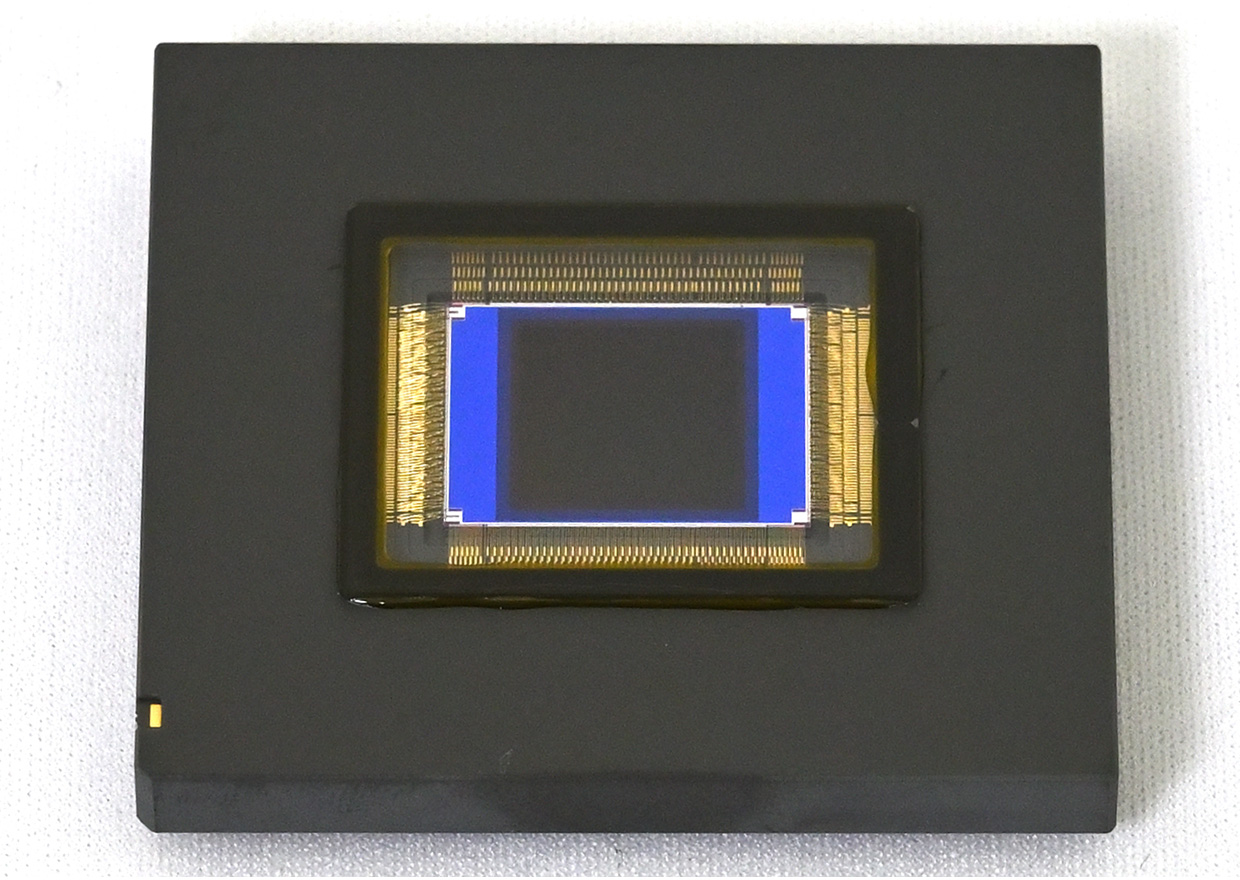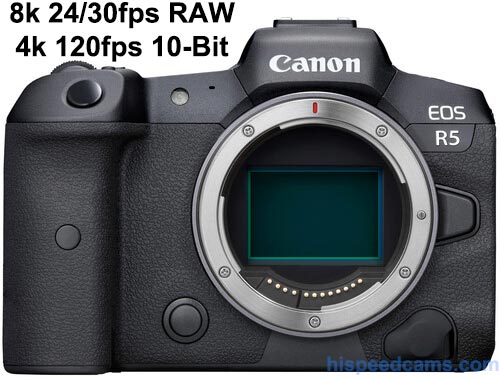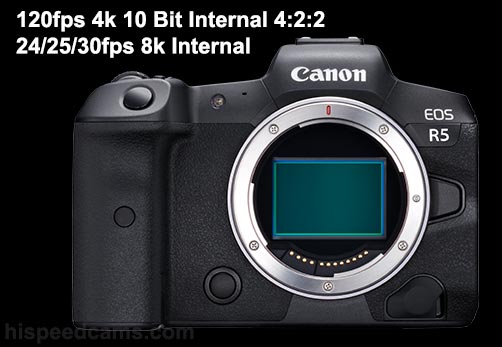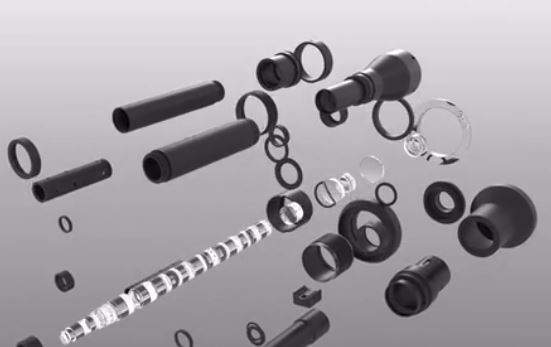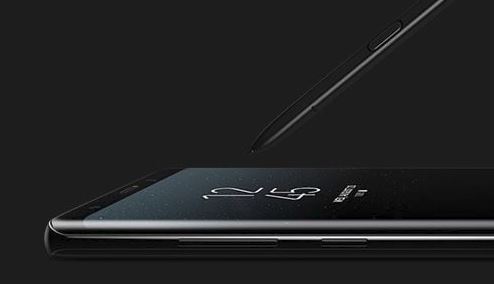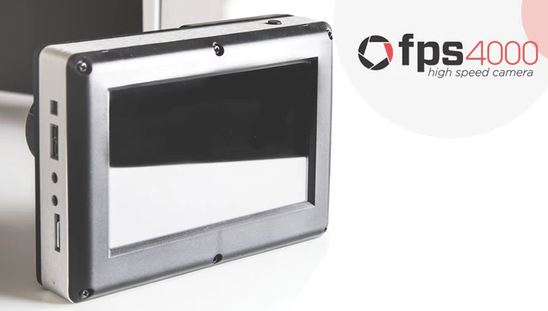Warning: The parent company of FPS cameras “The Slow Motion Camera Company Ltd.” went out of business and entered liquidation proceedings. No further development of cameras is expected. More information here on Google Search!
After a long hiatus since the fps1000 project was founded, Graham Rowan the creator of both that Kickstarter project and the fps1000HD which has shipped to backers; is now announcing two new camera specs aimed at satisfying the original Kickstarter project backers who did not receive their camera. The new models replace the fps1000 original, Hex and 4k models in a six camera matrix that is divided into two main lines.
The first line is the fps2000 which has a whopping 320 Gigabytes of flash memory that will record up to 120 seconds of continuous video at the maximum resolution and highest frame rate of 2000fps. The fps4000 line is essentially double the speed of the camera maximum frame rate of 4000fps depending on configuration and 640 Gigabytes of flash storage.
fps2000 & fps4000 Product Information:
As you can see from the product matrix chart above the camera lines are two main separate main boards but with three different sensors each. They will deliver 4k, Full HD and Hd 720p in both product lines but at different maximum frame rates. Alos of note is the fps4000 4k sensor camera will have a larger 5 µm pixel size than the fps2000 4k’s 3.9 µm which will translate into better low light ability.
The fps2000 line is basically the original promise of the fps1000 campaign upgrade options but with quite a bit more memory at 320 Gbytes. The way the camera works is by maximizing the fast write ability of flash memory to save enormous data rates in a very short time by using a proprietary algorithm. That way you can have 4k high frame rates contained in a portable touch screen camera with ample recording time.
The fps4000 line is essentially the fps2000 line but with twice the flash memory in order to incorporate double the maximum frame rates. The 4k version will be capable of 500fps, Full HD version 2000fps , and the HD 720p version a whopping 4000fps.
Full Kickstarter update on the fps2000 & fps4000 camera below:
By Graham Rowan:
New Products fps2000 and fps4000
It has been some time since my last update. In hindsight, I did not choose the title of that update very wisely. My use of the term ‘closure’ was meant to mean ‘resolution’ rather than an ending of the project. Indeed, I have been continuing to develop the fps1000 and to find a way to satisfy initial backers. I have gone some way towards this but I know I have a long way to go. I want to bring you some good news, at least for those of you who have been waiting for the Hex and 4K upgrades. The new product range which incorporates these models is now complete. I have been through many iterations of this new product and have been disappointed by 2 ranges of sensors which I had selected before settling on a new and final range of sensors that offer significantly better performance than originally expected.
While this process has taken longer than I ever imagined, it has allowed the product to mature and take on board many lessons I have learned along the way. The new products do pack in a lot of performance for the cost and also provide a wide range of resolutions and frame rates thanks to a highly modular design.
The trademark USPs of the fps1000 range are still there, namely:
- Portable design with touch screen
- Raw file format
- High speed USB3 interface
- Unique huge frame buffer memory
There are a total of 6 new models split across 2 product names but all based on the same modular hardware. I have not decided on final prices / upgrade options yet. I have several working prototypes and the boards are in their final revisions and ready for production.
I will bring you final prices and sample videos in the next update.
HSC’s Take- It is unclear at this time if backers of the fps1000 will get one of the cameras listed above to fulfill their backer status. What is clear however is that some owners will probably be able to upgrade to an fps4000 model if desired considering the enormous performance jump. No pricing information or release date was divulged except for the information on working prototypes and final board revisions above. The wait might be over for fps1000 backers and if the cameras above ship to the backers then, by all means, it was well worth the wait.
The fps2000 and fps4000 could bring new levels of portability and performance to affordable high-speed video with the benefit of extra long record times if needed.
We will keep our eyes and ears peeled for more information and image samples of these cameras. ♦
For more information of the fps camera lines and for ordering you can visit : http://theslowmotioncameracompany.com

